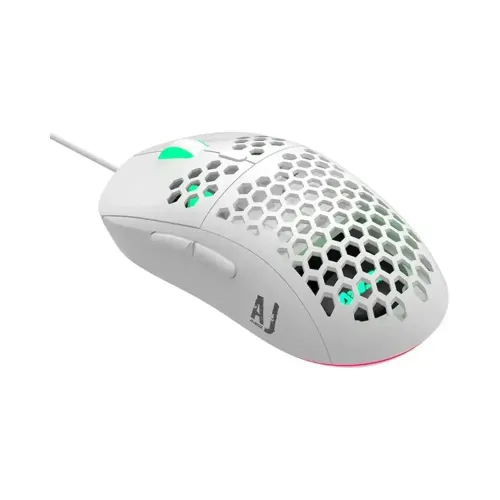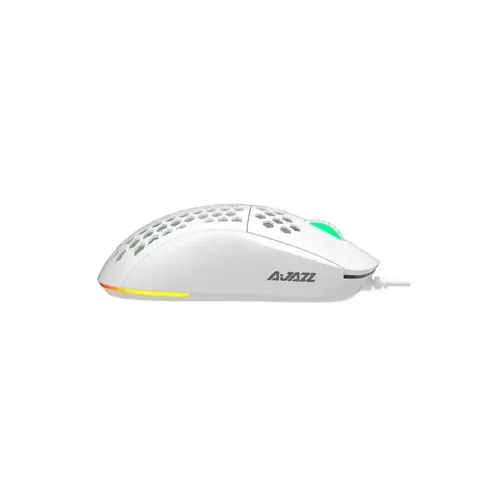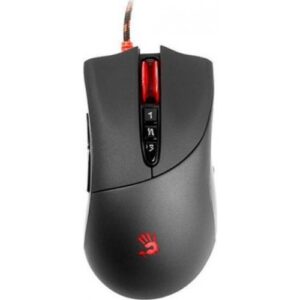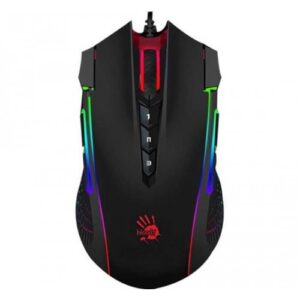Understanding Gaming Mouse Specifications
In the realm of competitive gaming, the specifications of a gaming mouse play a critical role in enhancing both performance and user experience. One of the most notable specifications is the number of programmable keys available. A gaming mouse often features multiple buttons that can be customized to execute various commands, allowing gamers to streamline their gameplay and gain a tactical advantage.
Another essential specification is the mouse’s resolution, commonly referred to as DPI (dots per inch). Gaming mice typically offer DPI settings ranging from 200 to 12400. Higher DPI values indicate greater sensitivity, allowing players to make swift, precise movements that are crucial in fast-paced gaming environments. It is important to note that exceeding one’s comfort zone regarding DPI can lead to overshooting target areas, so it takes practice to find a suitable balance.
Additionally, the polling rate is a noteworthy specification that affects how frequently the mouse reports its position to the computer, with values usually varying between 120Hz and 1000Hz. A higher polling rate translates to a more responsive mouse, which can significantly improve in-game performance. Coupled with acceleration ratings, which commonly reach up to 30g, these features allow for rapid movement without lag, ensuring seamless gameplay.
The cable length, often standardized at 1.8m, is also a significant factor to consider. A longer cable provides more flexibility in mouse movement and positioning, essential for maintaining comfort during extended gaming sessions. Furthermore, the configuration options, including color choices, size, and weight, also impact usability and comfort. A lightweight mouse—such as one weighing around 69g without the cable—can enhance mobility and reduce fatigue, allowing gamers to maintain focus and effectiveness over long periods.
Physical Features and Warranty of Gaming Mice
The physical attributes of gaming mice play a significant role in enhancing the user experience during gaming sessions. One of the key specifications to consider is the dimensions of the mouse, notably measuring at 124.8 x 63 x 40.5mm. This size is designed to accommodate various grip styles, allowing a wider range of users to find comfort during extended gameplay. Additionally, lightweight designs have become increasingly popular among gamers, as they facilitate quicker movements and improve overall responsiveness. The reduced weight allows for less fatigue and more precise control, contributing to better performance in competitive gaming scenarios.
Aesthetic options also contribute to a gamer’s choice of mouse. Today’s market offers a variety of color schemes, with classic options such as white and black being prevalent. These colors not only provide a sleek appearance but also allow for personalization that reflects a gamer’s style. Moreover, the choice of materials used in constructing the gaming mouse impacts both its appearance and durability, as well as its tactile feel and grip, which are essential for high FPS (frames per second) games.
Warranty information is another critical aspect to consider when selecting a gaming mouse. Most gaming mice come with a standard one-year warranty, which serves as a safeguard for consumers against manufacturing defects and performance issues. This warranty period underscores the importance of durability and reliability in gaming equipment. A reliable warranty can instill confidence in consumers, ensuring that their investment is protected and that they can rely on their gaming peripherals for extended use.







